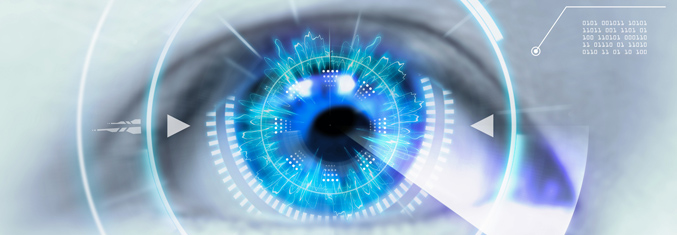
Futurism Part III: Robotics
by Ralph Broadwater, MD, CFP®, AIF®
In a previous newsletter I wrote about the exponential changes that are occurring in our modern world. I would like to spend a little time discussing one of the most important areas of growth – Robotics.
Robots are mechanical and electrical machines that are controlled by external or internal commands. Today they are using more advanced programming and artificial intelligence to perform complex and more human tasks. Advances in robotics have straddled mechanical, electrical, and computer engineering. Their best uses have been for repetitive, dangerous, or difficult tasks or in complex environments. Robots have been used for years, but they are now essential in manufacturing, retail, health care, the military, space exploration, search and rescue, and security.
Manufacturing
Robots have been used in manufacturing and the auto industry for decades. Improvements in programing and design have made robots able to perform most tasks with a precision and reliability that cannot be achieved by human workers. Robots also increase workplace safety.
Retail
Robots have significantly improved inventory and warehouse management for large retail companies. Walmart began using flying drones to survey and manage inventory in their enormous warehouses since 2016. These drones can scan inventory and alert managers of reduced inventory and the need to restock. They can scan the entire warehouse in one day- a job that took humans a month to complete. I am sure you have read or heard about Amazon’s plans to deliver packages via drones, but like Walmart they have been on the leading edge of using robots in their distribution centers. Pizza Hut has deployed the humanoid robot, Pepper in stores in Japan, Korea, and China to greet, seat customers, and take their orders. Pizza Hut just announced a joint project with Toyota to deploy a mobile pizza factory that will have a robotic arm cook the ordered pizza in-route to the customer’s home so it will arrive hot and fresh. Other retail businesses such as Lowes and Zara have started using in-store robots to assist customers.
Health Care
Robots have become common in medicine. You now hear ads on TV and the radio about having your knee or hip surgery using the Mako Robotic-Arm developed by Stryker. Prostate cancer surgery is now routinely performed using the da Vinci surgical robot with documented better results and reduced complications. Use of the robot has expanded to all surgical specialties, and has even allowed for remote surgery. Robots have been developed to help with heavy lifting, delivery of supplies and equipment, and to take a patient history and vital signs. An exciting extension of military robotic research is the Robotic exoskeleton which has allowed disabled patients with spinal cord injury or stroke to stand upright, walk, and carry out daily activities. As the price becomes affordable we may see the extinction of wheelchairs! Personal robots are being developed to become 24-hour caregivers for the elderly, and provide social interaction that improves their quality of life.
Military
The military has developed a variety of robots, autonomous and remote-controlled. A number are currently in use, and many are in development. You are all familiar with the unmanned drones that are deployed for information or attack. The navy has deployed a number of autonomous robot boats that can swarm and protect larger ships. We will see robots enter our personal lives as the costs improve and they become more sophisticated with additional human abilities. Who knows when you will replace your Roomba with something similar to Rosie the Robot Maid on the Jetsons or Robin William’s character on Bicentennial Man? I’ll bet it will be soon.
 Form CRS/ADV & Disclosures.
Form CRS/ADV & Disclosures. 